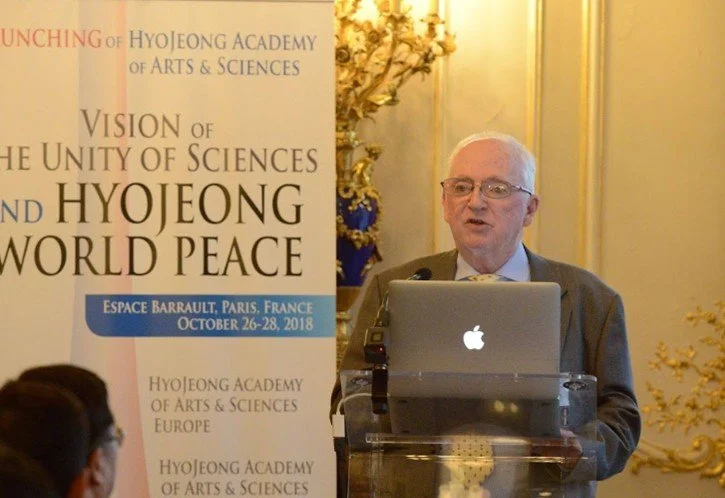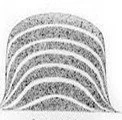Educated Evolution: A Counterproposal to Darwinism
By Richard Lewis
photo credit: Richard Lewis
Church parents work hard to raise children who are not only spiritually mature but also successful in the world—so successful, in fact, that they might one day be able to tithe and help fuel church development. Consider this: many of today’s billionaires come from the science and technology sectors. Even a few tithing billionaires could transform the future of our movement.
But here’s the challenge: science, as it’s currently taught in schools, is often deeply atheistic. Your children are good students with good teachers. Then one day, they come home from biology class and say, “Our teacher said God didn’t create life. It happened by random chance, followed by natural selection. There was no Adam and Eve—just apes slowly becoming humans.”
Now the questions start:
“Why does our church say God created life?”
“Are we anti-science?”
“Is the rest of science fake too?”
Or even worse—your child doesn’t say anything out loud, but slowly begins to pull away from faith.
Unfortunately, scripture alone doesn’t answer modern scientific questions. And while Unification scientists haven’t fully explained these questions yet, an outline is starting to emerge. I call it Educated Evolution.
This view of evolution starts with a different idea of education itself. Think: classrooms, teachers, and students. In this model, Natural Law—what Divine Principle calls the Logos—is the teacher. The “students” are the molecules and primitive life forms that are gradually being guided and educated by natural processes, which are themselves infused with purpose.
Take the origin of life. In mainstream science, life emerged when molecules randomly combined to form useful complexes with new properties. According to this view, it should’ve taken billions of years for life to appear. Surprisingly, it only took millions. Why?
Because in quantum science—not classical Newtonian science—things get more interesting. Quantum science aligns more closely with Divine Principle. It recognizes both internal and external aspects of reality. The internal aspect of matter—electrons and nucleons—is called the wavefunction, which represents possibility, purpose, and direction. It is shaped by natural law—the Logos. The wavefunction doesn’t dictate exact outcomes, but it guides them toward higher probability outcomes. Just like in DP, there’s always a degree of free will.
This Logos makes the emergence of life probable, not just possible. The “students” in this case are amino acids and sugars learning to cooperate. The “classroom” was a hydrothermal vent called a White Smoker—a structure formed by lava interacting with ocean water. Unlike our civilization, which is powered by electron currents, White Smokers ran on proton (acid) flows. Over a few million years—brief by evolutionary standards—life began to emerge. Two types of primitive bacteria formed: the visible kind (eubacteria) and the hidden kind (archaea). They had different abilities and together began reshaping Earth’s environment.
Over the next billion years, these bacteria created ore deposits, and—most remarkably—began photosynthesis, which introduced oxygen to the atmosphere. They experimented with genetic possibilities, setting the stage for more complex life.
Eventually, a new “classroom” appeared: the stromatolite – a multi-layered structure built by cooperation between these two bacteria. This was where complex cells (called eukaryotes) emerged—a fusion of archaeal housing and bacterial energy production. This fusion gave rise to all plants, animals, fungi, and amoeba-like life.
White Smokers
Another important teacher entered the picture: epigenetics—the ability to “write” learned information onto DNA in a way that gets passed down. These inherited adaptations explain what we call microevolution, like the variations among Darwin’s finches as they adapted to different environments.
Stromalite
Both White Smokers and stromatolites still exist today. They can be studied and tested, which is how science works—through observation and experiment.
Finally, once enough epigenetic knowledge is gathered, it can lead to macroevolution—major changes like reptiles developing mammalian features, or primates giving rise to humans. All within a lawful, Logos-guided process.
But macroevolution—that’s a topic for another essay.



